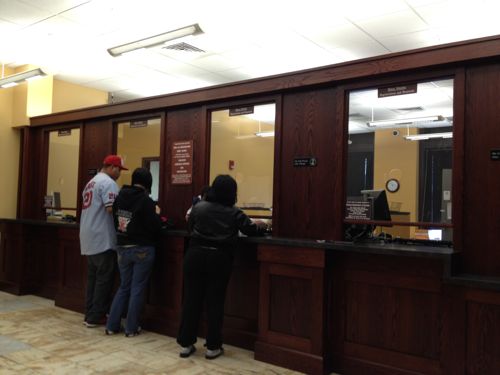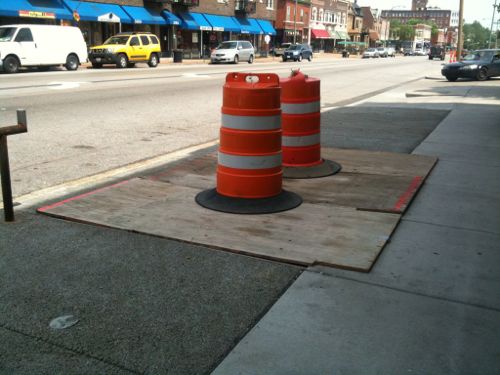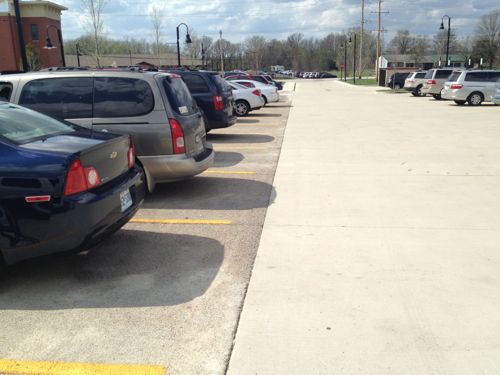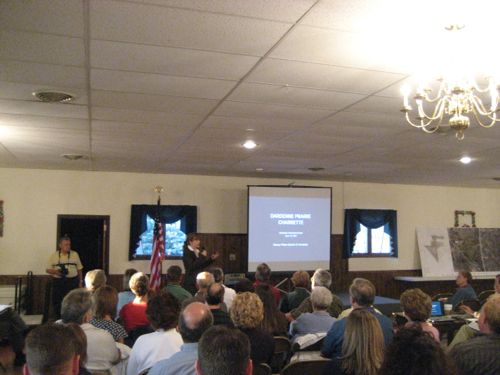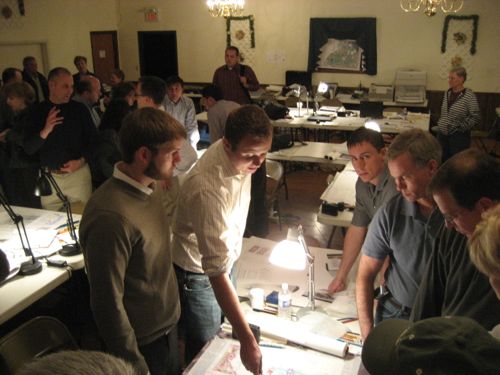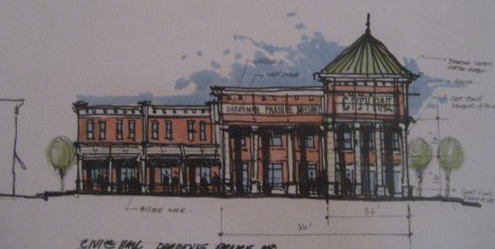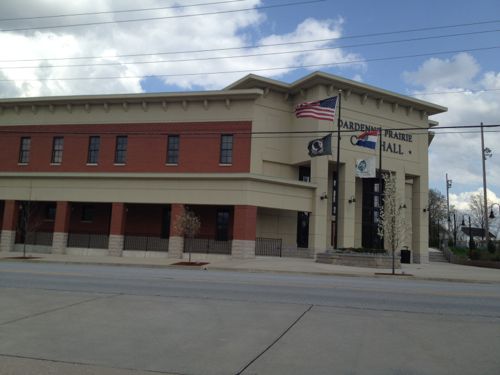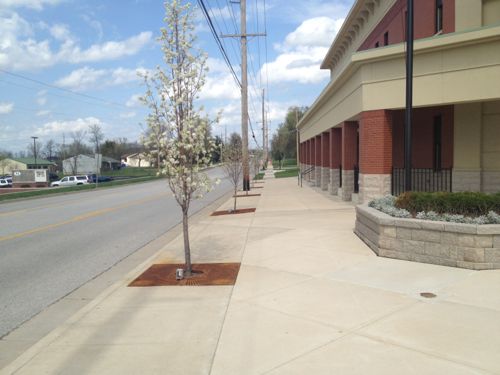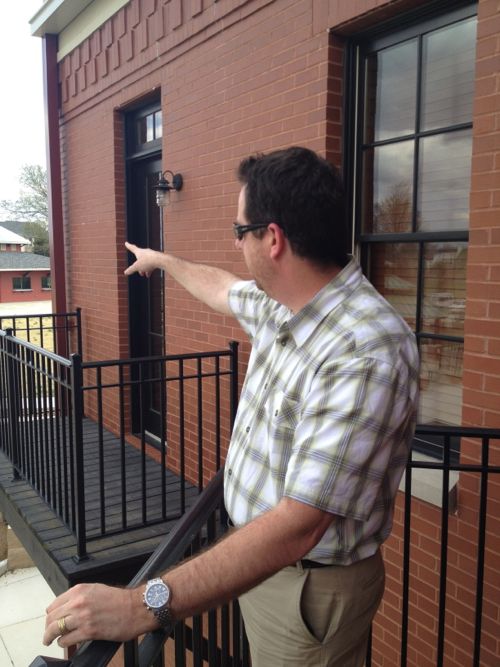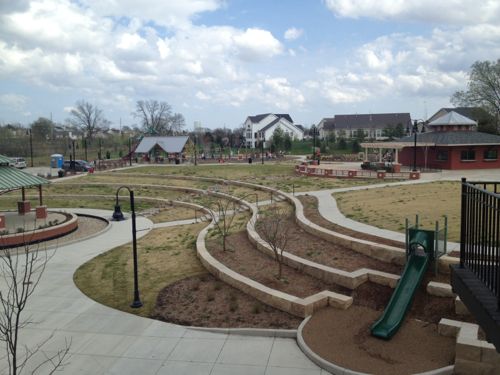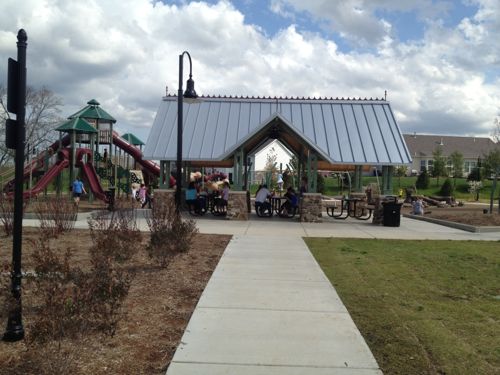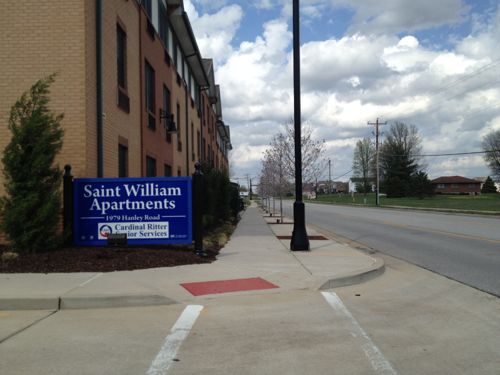Metro’s website explaining how to ride MetroBus is very inadequate — all text — no images or video (live html or archived PDF). Let’s take a look at the all text page section by section:
Plan Your Trip
Use the online Trip Planner, check out the Schedules & Maps or contact Metro Transit Information at 314-231-2345 or 618-271-2345 to plan your trip on MetroBus.
Simple as that? Not exactly? You’ll be given a list of possible routes that you’ll need to sort through to see which is best for you. Some have more walking or transfers than others.
Catch the Bus
Arrive at the bus stop at least five minutes ahead of the scheduled arrival time. As the MetroBus vehicle approaches, signal the operator that you are wish to board the bus by standing or raising your hand.
Before boarding MetroBus, verify that the lighted sign above the windshield shows your desired route number and destination.
You’ve got to know the direction your bus will be headed to entire you are at the right stop. Many stops serve more than one route, which is why you’ve got to verify the route number on the bus.
Purchase Your MetroBus Fare
If boarding the MetroBus using a valid transfer or previously purchased ticket, give it to the MetroBus operator as you board. If using a valid Metro pass, swipe it in the fare box or present it to the MetroBus operator.
Otherwise, purchase fare upon boarding. Exact cash is required; the fare box accepts dollar bills and coins. MetroBus operators cannot make change. If you qualify for a reduced fare, present your reduced fare identification to the MetroBus operator. If you need to connect to another MetroBus route or MetroLink, notify the operator you need a transfer.
So many unanswered questions: What’s a transfer? Previous ticket from where? What does the farebox look like? What are the fares? How do I know if I might qualify for a reduced fare?
Enjoy Your Trip
Once you have boarded, take a seat, watch for your stop and enjoy the ride. MetroBus operators will announce all major intersections.
Remember, using radios without ear plugs, smoking, eating and drinking are prohibited on all Metro Transit vehicles.
If you want to be able to hear the bus operator announce intersections you’d better pick a seat very close so you can actually hear them. Even if you do hear them it might be announced as you pass it, too late to stop. Pull the cord and get off at the next stop and walk back to wear you wanted. It’s best to know the streets and area.
Choose Your Stop
MetroBus vehicles are equipped with either cords that run along the top of the windows or vertical strips positioned between the windows. Pull the cord or press the strip to signal the MetroBus operator that your stop or destination is approaching. Depart from the front or rear door.
Mostly it’s a pull cord, wheelchair users should use the strip rather than cord because it sounds a different tone so the operator knows you need to exit so they will position the bus to permit the lift/ramp. It’s best to exit the rear door as that allows new passengers to board at the same time, you might have to ask the operator to open the rear door.
Have Any Questions?
If you have any questions about using MetroBus service, contact Metro Transit Information at 314-231-2345 from Missouri or 618-271-2345 from Illinois.
I’ve got a question, why put something many find confusing and intimidating into a text only page? Even then, why not link to other pages for information on fares and such? Better yet, why not use photos and/or videos to take some of the mystery out of riding the bus for potential new riders?
Here are a few examples from other cities:
Oklahoma City (OK)
httpv://www.youtube.com/watch?v=3IqBYs17J94
Minneapolis-St. Paul (MN)
httpv://www.youtube.com/watch?v=Ns-v8_7qAN4
Stevens Point (WI)
httpv://www.youtube.com/watch?v=-gSkwbXbWdU
The Stevens Point website has the same video available in Hmong and Spanish. These examples are not massive bus systems. Metro St. Louis has a YouTube channel with 19 videos but you won’t find anything helpful like the three examples above.
Years ago when I wanted to learn how to use the bike rack on the front of the bus I was frustrated by Metro’s text-only approach so I turned to YouTube for instruction. For over four years now Madison County Transit across the river in Illinois has had a bike and bus video — narrated by my friend (and MCT employee) SJ Morrison:
httpv://www.youtube.com/watch?v=jyyZYduZqYY
My only suggestion is to not board to tell the operator you plan to load your bike. Make eye contact with the operator and load your bike while others are boarding. If you are the only person boarding at that stop it’ll be obvious to the operator you’ll be loading your bike.
I’d like to see Metro St. Louis use photographs and videos to demystify the bus riding experience. I know personally it’s very easy once you learn but before then it’s very intimidating.
– Steve Patterson
